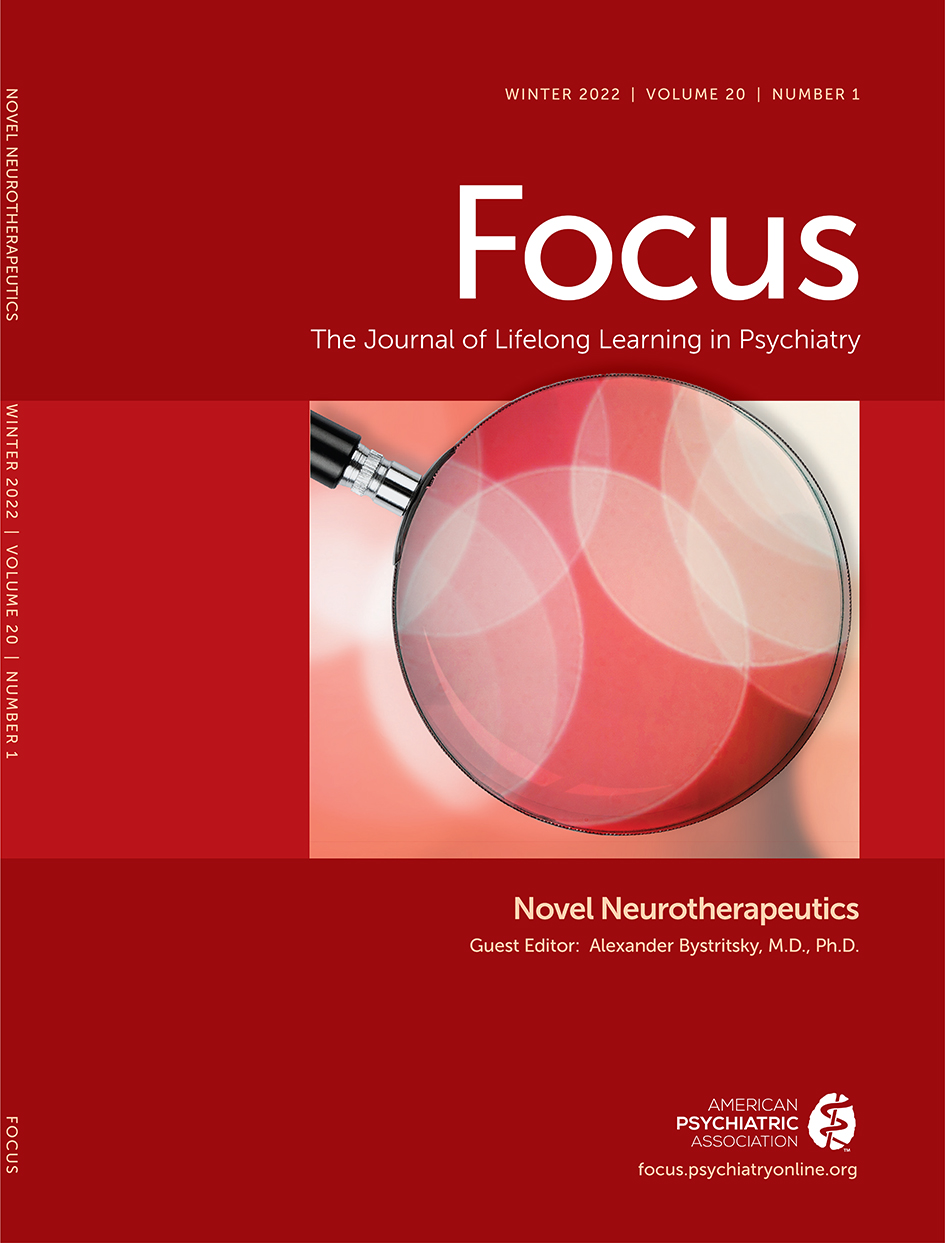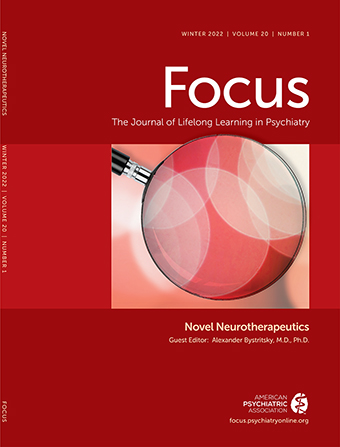Systematic Review of Targeted Extracellular Vesicles for Drug Delivery—Considerations on Methodological and Biological Heterogeneity
Gudbergsson JM, Jønsson K, Simonsen JB, et al.
J Control Release 2019 Jul 28; 306:108–120
The idea of using extracellular vesicles (EVs) for targeted drug delivery was first introduced in 2011 and has since then gained increasing attention as promising new candidates in the field. Targeting EVs to areas of disease can be achieved through a complex process of designing and inserting a targeting ligand to the surface of the EVs. Although this can be obtained via chemical conjugation, the most important strategy has been to transfect or modulate the EV-producing cell to endow the EVs with the desired targeting capabilities. However, since EVs are harvested from biological sources, their composition is highly heterogeneous, which makes it difficult to control the purity and quality of the resulting EV-based drug delivery vehicles. In this review, we present a detailed account of EVs in targeted drug delivery based on a systematic literature search. We discuss the potential advantages of EVs compared with synthetic lipid-based nanocarriers, and the methodological and biological limitations associated with their use as targeted drug delivery vehicles.
Copyright © 2019 Elsevier B.V. All rights reserved.
Safety and Recommendations for TMS Use in Healthy Subjects and Patient Populations, With Updates on Training, Ethical and Regulatory Issues: Expert Guidelines
Rossi S, Antal A, Bestmann S, et al.
Clin Neurophysiol 2021 Jan; 132(1):269–306
This article is based on a consensus conference, promoted and supported by the International Federation of Clinical Neurophysiology (IFCN), which took place in Siena (Italy) in October 2018. The meeting intended to update the ten-year-old safety guidelines for the application of transcranial magnetic stimulation (TMS) in research and clinical settings (Rossi et al., 2009). Therefore, only emerging and new issues are covered in detail, leaving still valid the 2009 recommendations regarding the description of conventional or patterned TMS protocols, the screening of subjects/patients, the need of neurophysiological monitoring for new protocols, the utilization of reference thresholds of stimulation, the managing of seizures and the list of minor side effects.
New issues discussed in detail from the meeting up to April 2020 are safety issues of recently developed stimulation devices and pulse configurations; duties and responsibility of device makers; novel scenarios of TMS applications such as in the neuroimaging context or imaging-guided and robot-guided TMS; TMS interleaved with transcranial electrical stimulation; safety during paired associative stimulation interventions; and risks of using TMS to induce therapeutic seizures (magnetic seizure therapy).
An update on the possible induction of seizures, theoretically the most serious risk of TMS, is provided. It has become apparent that such a risk is low, even in patients taking drugs acting on the central nervous system, at least with the use of traditional stimulation parameters and focal coils for which large data sets are available. Finally, new operational guidelines are provided for safety in planning future trials based on traditional and patterned TMS protocols, as well as a summary of the minimal training requirements for operators, and a note on ethics of neuroenhancement.
Open Access article reprinted with permission from Creative Commons license.

